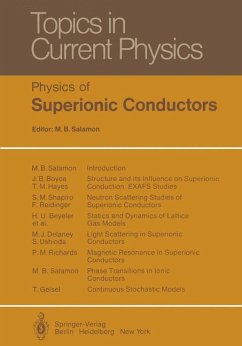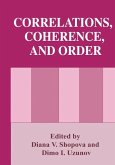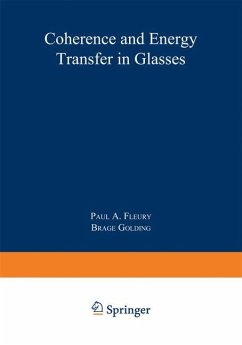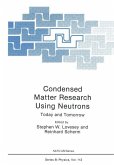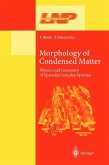Superionic conductors are solids whose ionic conductivities approach, and in some cases exceed, those of molten salts and electrolyte solutions. This implies an un usual state of matter in which some atoms have nearly liquidlike mobility while others retain their regular crystalline arrangement. This liquid-solid duality has much appeal to condensed matter physicists, and the coincident development of powerful new methods for studying disordered solids and interest in superionic conductors for technical applications has resulted in a new surge of activity in this venerable field. It is the purpose of this book to summarize the current re search in the physics of superionic conduction. with special emphasis on those aspects which set these materials apart from other solids. The volume is aimed to wards the materials community and will, we expect, stimulate further research on these potentially useful substances. The usual characterization of the superionic phase lists high ionic conductivity; low activation energy; and the open structure of the crystal, with its interconne ted network of vacant sites available to one ionic species. To these, as we demon strate in this volume, should be added important dynami~ and collective effect~: the absence of well-defined optical lattice modes, the presence of a pervasive, low-energy excitation, an infrared peak in the frequency-dependent conductivity, unusual NMR prefactors, phase transitions, and a strong tendency for the mobile ion to be found between allowed sites.

